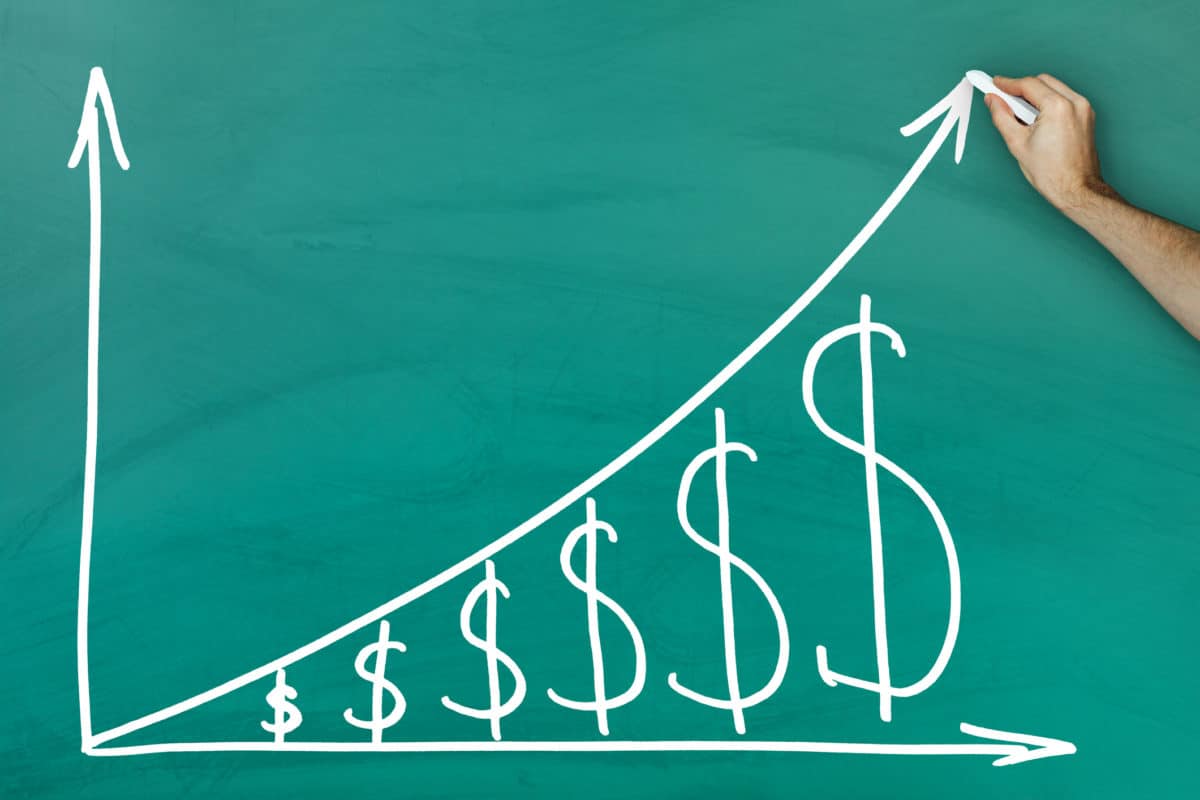Did you know that you can make up to $4,750 tax-free with Guaranteed Investment Certificates (GICs)? It’s true. Today, GICs yield 5%, sometimes even more. Tax-sheltered accounts let you contribute up to $95,000 (depending on your age and the account in question), and the income earned in such accounts is tax-free.
For example, someone who was 18 or older in 2009 would have accumulated $95,000 in TFSA room by 2024. First Home Savings Account (FHSA) room accumulates at a rate of $8,000 per year. RRSP contribution room depends on your income level. In this article, I will “zoom in” on the TFSA in particular, exploring how much money you could earn tax-free in a fully maxed-out account.
How much you would need to invest
To get $4,750 per year in a typical GIC, you’d need to invest $95,000. GICs typically yield about 5% these days. $95,000 times five percent is $4,750. So, you need to invest $95,000 to get $4,750 in passive GIC income. As luck would have it, that’s about how much TFSA contribution room a Canadian who was at least 18 in 2009 has accumulated over their lifetime. So, you can indeed receive $4,750 in passive GIC income and pay no taxes on it whatsoever (well, depending on your age).
| ASSET | RECENT PRICE | NUMBER OF UNITS | INTEREST | TOTAL PAYOUT | FREQUENCY |
| A one year GIC | $1 | 95,000 | $0.05 per dollar invested | $4,750 | Annual |
How to find out your TFSA contribution limit
Your TFSA contribution limit depends on your age and how much you have already invested in your TFSA. If you were 18 or older in 2009, you get the full $95,000 that has accumulated since the TFSA was launched in 2009. If you were younger than 18 in 2009, then your amount will vary depending on your age. The way you find out your contribution limit is to look at the annual contribution limits on the federal government’s website and add up the contributions for the year you turned 18 and each year since then.
What about the banks themselves?
Since we’re talking about investing in GICs, it’s only natural to expand the discussion to include the companies that offer GICs: Canada’s big banks!
In addition to buying GICs, you can also buy the banks that offer them. In some cases, their shares have even better yields than the GICs themselves!
Consider Bank of Nova Scotia (TSX:BNS), for example. It’s a Canadian bank that pays a $1.06 quarterly dividend. That works out to $4.24 per year. At today’s price of $64.38, BNS stock therefore has a 6.6% yield.
The yield on Bank of Nova Scotia shares is even higher than that of the GICs it issues. That’s really saying something because typical GIC yields today (about 5%) are quite high by the standards of the last few decades. However, Bank of Nova Scotia stock is much riskier than the bank’s GICs. Whatever happens to Bank of Nova Scotia as a company, GIC investors are insured up to $100,000 by the government. This article focused on a hypothetical $95,000 GIC investment — that much is 100% safe. The same sum invested in BNS is not insured and therefore is riskier than the GIC.








